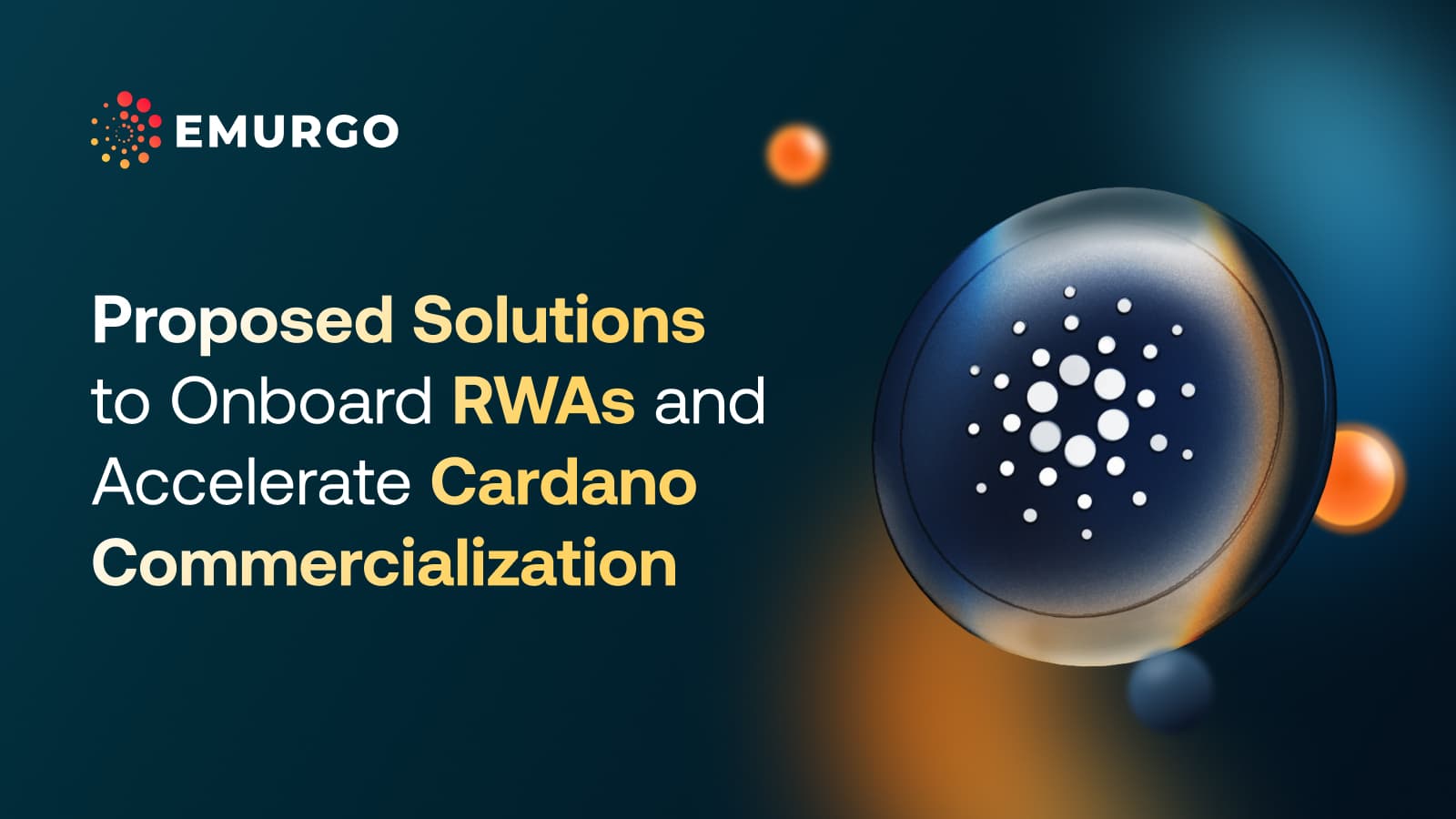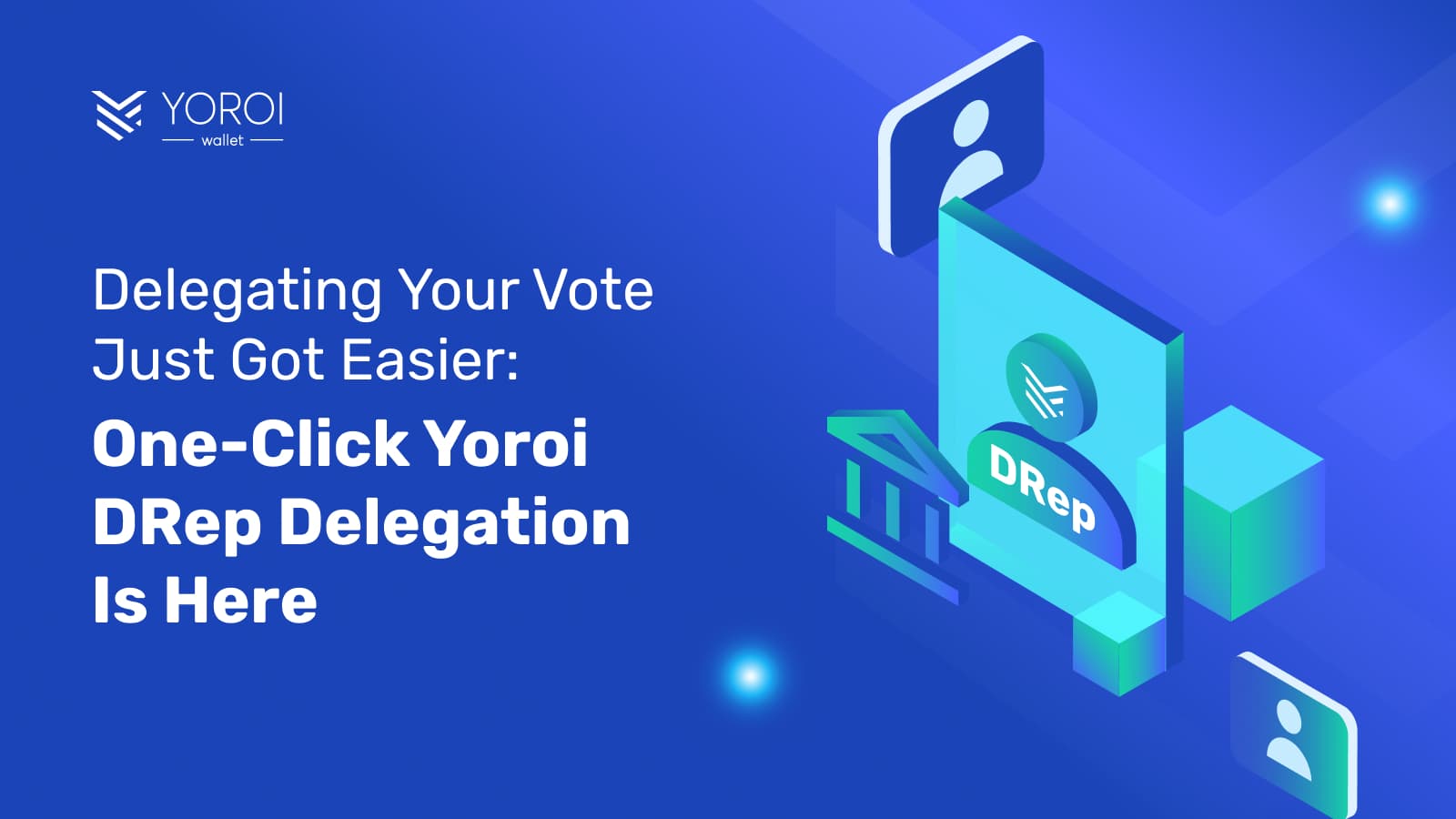The Cardano blockchain provides a fully decentralized and distributed blockchain ecosystem for decentralized applications (dApps) as well as a community-run governance system. This governance system has gone through several workshops to build awareness and discuss community feedback and is going through its development phase on the road toward full community governance.
This aspect of community-driven governance of the Cardano blockchain is at the heart of the Voltaire era, one of the major phases of the initial Cardano roadmap.
Building a self-sustaining and community-focused governance framework is a complex matter involving several different technical and non-technical parts such as on-chain governance features, network and wallet integrations, off-chain member organizations, a Constitution, governance bodies, and more.

Three concepts are at play in this answer:
SanchoNet: The technical development of Cardano’s self-governance takes place in a specialized test network named SanchoNet. This test network aims to comprehensively implement the CIP-1694 specifications in a simulation environment.
SanchoNet GovTool: This is a website that allows the Cardano Community the chance to experience now some of the governance features described in CIP-1694.
CIP-1694: It’s a set of governance guidelines that came as a result of a series of global workshops organized by the Intersect MBO.
SanchoNet’s main focus is to build and introduce governance mechanisms and feedback from Cardano’s CIP-1694 into a controlled testnet environment. It serves as the backbone of the Cardano community regarding the experimental implementations of Cardano’s on-chain governance activities taking place right now and in the future.
The use of SanchoNet to test Cardano’s community governance is not only a technical proposition but also one that requires a lot of work off-chain such as technical committees, informational tools, information localization, education, and more. SanchoNet is a truly collaborative effort between Cardano’s off-chain aspects and its on-chain technical requirements to achieve community-run governance.
For this reason, SanchoNet is meant to be a testbed network for the governance requirements of Cardano. As more discussions and workshops are held and more community feedback is received, it will change as new community needs for governance are identified. Cardano itself as a network is constantly going through updates and new technical developments, many of which need to be considered as part of its governance model.
There are different actors in Cardano’s governance, including the stake pool operators (SPOs), delegate representatives (DReps), the Constitutional Committee, and ADA holders. All of them can test its developing governance model at a technical level. The community will be able to see how these tools are being implemented in a test phase.
As such, much of the success of building Cardano’s governance framework and SanchoNet depends on the feedback and involvement of the Cardano community.
Related reading:
The SanchoNet allows for the testing of various roles that are fulfilled by people and organizations in the Cardano community. Each has a crucial part to play in shaping the future of Cardano governance and the evolution of the Voltaire era. Some of these main roles are:
Test-ada holders: SanchoNet is a test network, so it utilizes test-ADA. The holders of this type of ADA are the ones crafting and submitting governance actions. These holders are the engine that proposes the changes the other actors must consider.
SPOs: SPOs need to register specifically to the SanchoNet test network and are the ones that vote using delegation to stake pools. The SPOs vote with the test-ADA delegated to test the voting mechanism of Stake Pool Operators.
DReps: DReps aggregate the decision-making of the network by having test-ADA holders give their balance and voting power to a DRep. By exercising the right to vote with their accumulated test-ADA, the DReps approve or reject governance proposals.
Developers: SanchoNet is not a fully realized test network. The project still requires a lot of work and here is where developers can aid. These are a group of individuals who create wallets, blockchain explorers, and other tools that connect to SanchoNet.
The team behind SanchoNet has created a portal for those looking to simulate the governance of Cardano, but don’t have the technical expertise to connect to SanchoNet. The portal offers roles for ADA holders, DReps, and for creating governance actions.
The website for the portal is https://sanchogov.tools/. In it, Cardano users can:
- Connect to the SnachoNet using special test-wallets
- Registers as DReps
- Create governance actions
- Delegate test-ADA to a DRep
- Vote in the different governance actions
Read more: What is SanchoNet GovTool?
The portal simulates the experience of participating in the governance model outlined in CIP-1694. It remains an evolving tool that with time it’ll be able to offer more opportunities to test the concepts outlined in the governance model of Cardano.
The SanchoNet test network is being deployed in stages that each increase functionalities to the Cardano ecosystem. Some of them are already live, while the rest are coming shortly. Let’s review these stages:
Phase 1: SanchoNet opens itself to users and opens to submit new constitutional governance actions and for SPOs to vote on these actions.
Phase 2: Focused on increasing community participation by enabling test-ADA holders to register as DReps, delegate voting power to other DReps, review governance actions, and vote as DReps.
Phase 3: Expands the submission and voting of governance actions and increases information about them.
Phase 4: Introduces the Constitutional Committee and its different states such as motion of no-confidence and treasury withdrawal actions. At this point, it will be possible to elect Constitutional Committee members.
Phase 5: Allows governance actions to dictate protocol parameter updates. This dramatically changes the power of governance.
Phase 6: Opens the governance actions to be the initiators of a hard fork for the network.

Phases 1 through 4 are live on the SanchoNet test network. The rest are expected to happen shortly and be ready for the broader governance discussions.
Are you looking for a simple way to receive Cardano governance updates and more about the Cardano ecosystem?
Then, click above and follow EMURGO on X.
EMURGO is a global technology company with a mission to facilitate commercial adoption of the Cardano blockchain through partnerships with existing ecosystem partners and new entrants to Web3.
By prioritizing investments, delivering continuous education, and building infrastructure, EMURGO’s goal is to unlock the full potential of the Cardano ecosystem.
About EMURGO
- Official Homepage: emurgo.io
- X (Global): @EMURGO_io
- YouTube: EMURGO channel
- Facebook: @EMURGO.io
- Instagram: @EMURGO_io
- LinkedIn: @EMURGO_io
Disclaimer
You should not construe any such information or other material as legal, tax, investment, financial, or other advice. Nothing contained herein shall constitute a solicitation, recommendation, endorsement, or offer by EMURGO to invest.



